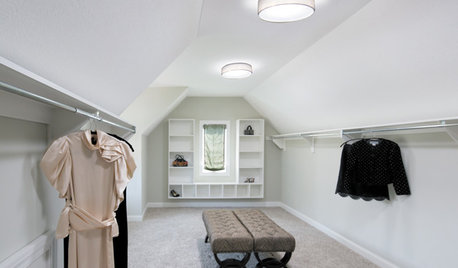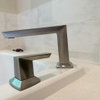In-line water heater--ruptured copper tubing
mama goose_gw zn6OH
9 years ago
Related Stories

GREAT HOME PROJECTSHow to Switch to a Tankless Water Heater
New project for a new year: Swap your conventional heater for an energy-saving model — and don’t be fooled by misinformation
Full Story
GREAT HOME PROJECTSHow to Add a Solar Water Heater
Lower energy bills without a major renovation by putting the sun to work heating your home’s water
Full Story
GREAT HOME PROJECTSHow to Add a Skylight or Light Tube
New project for a new year: Increase daylight and maybe even your home’s energy efficiency by opening a room to the sky
Full Story
DISASTER PREP & RECOVERYRemodeling After Water Damage: Tips From a Homeowner Who Did It
Learn the crucial steps and coping mechanisms that can help when flooding strikes your home
Full Story
MODERN HOMESHouzz Tour: Desert Home Blurs Every Line Between Indoors and Out
Expansive windows, oversize doors, skylights, a covered patio, an atrium and a roof deck make the most of beautiful surroundings
Full Story
BATHROOM DESIGNWater Damage Spawns a Space-Saving Bathroom Remodel
A game of inches saved this small New York City bathroom from becoming too cramped and limited
Full Story
GREEN BUILDINGWater Sense for Big Savings
Keep dollars in your pocket and preserve a precious resource with these easy DIY strategies
Full Story
HEALTHY HOMEHow to Choose a Home Water Filtering System
Learn which water purification method is best for your house, from pitchers to whole-house setups
Full Story
ARCHITECTUREWant to Live by the Water? What You Need to Know
Waterside homes can have amazing charm, but you'll have to weather design restrictions, codes and surveys
Full Story
PRODUCT PICKSGuest Picks: Set Up an Outdoor Living Room
With an outdoor movie screen, a patio heater or fan, and scads of entertaining essentials, you may never want to go back inside
Full StoryMore Discussions








randy427
mama goose_gw zn6OHOriginal Author
Related Professionals
North New Hyde Park Handyman · East Tulare County Kitchen & Bathroom Remodelers · Biloxi Kitchen & Bathroom Remodelers · Broadlands Kitchen & Bathroom Remodelers · Eagle Kitchen & Bathroom Remodelers · Gardner Kitchen & Bathroom Remodelers · Lynn Haven Kitchen & Bathroom Remodelers · Park Ridge Kitchen & Bathroom Remodelers · Port Orange Kitchen & Bathroom Remodelers · Spokane Kitchen & Bathroom Remodelers · Tulsa Kitchen & Bathroom Remodelers · Hawthorne Kitchen & Bathroom Remodelers · Wilmington Island Kitchen & Bathroom Remodelers · Ojus Kitchen & Bath Fixtures · Kiryas Joel Appliancesmama goose_gw zn6OHOriginal Author
mama goose_gw zn6OHOriginal Author
pprioroh
mama goose_gw zn6OHOriginal Author
pprioroh
mama goose_gw zn6OHOriginal Author
mama goose_gw zn6OHOriginal Author